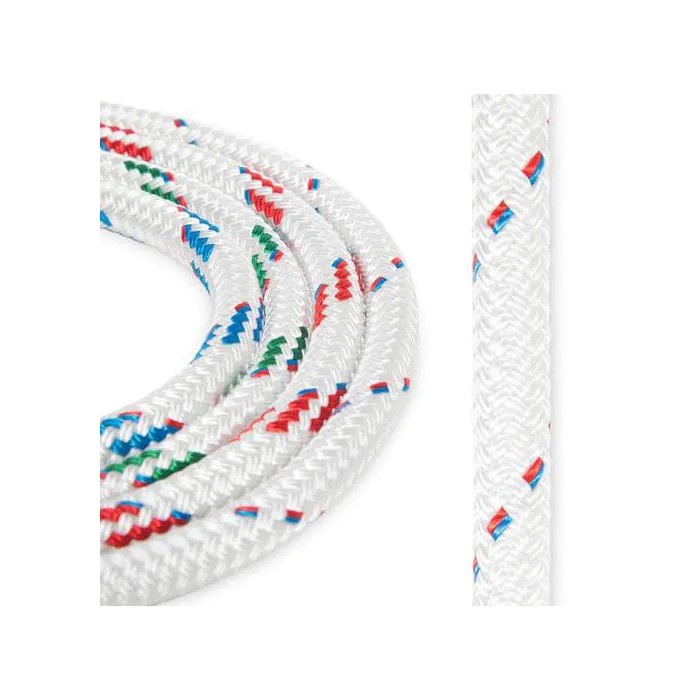In the world of sailing, having a strong knowledge of essential knot-tying skills is indispensable. With ropes being the sailor's lifeline, understanding sailing rope knots is not only important for maintaining safety but also for ensuring smooth and efficient sailing. Whether you are a novice or an experienced sailor, here are some sailing rope knots that you should master.
1. Bowline Knot:
Considered the king of knots, the bowline knot forms a secure loop at the end of a rope. Its versatility makes it a fundamental knot for sailors. From securing a halyard to rescuing someone overboard, the bowline knot always comes in handy. Its simple tying process and high load-bearing capacity make it an essential knot for every sailor to master.
2. Cleat Hitch:
The cleat hitch is a knot used to secure a line to a cleat. As a sailor, you will frequently encounter cleats onboard for tying off ropes. Understanding how to tie this knot properly will ensure that your lines stay secure and prevent accidental slips. It is a reliable and easily adjustable knot that can be quickly undone when needed.
3. Figure Eight Knot:
The figure eight knot is a popular stopper knot that prevents the rope from unraveling. It is extensively used to stop the ropes from sliding through blocks or holes. With a well-tied figure eight knot, you can have peace of mind knowing that your line will stay put even under high tension.
4. Rolling Hitch:
The rolling hitch is a versatile knot that is useful for attaching a rope to a larger line, such as when securing a boat to a dock or tying a fender in place. It grips the larger line tightly, providing a secure hold that can easily be loosened when needed. Being able to tie a reliable rolling hitch can be a real game-changer in various sailing situations.
5. Clove Hitch:
A clove hitch is an essential knot for attaching a line to a pole, post, or any other cylindrical object. It is a simple and effective way of securing a rope quickly. With its ability to be easily adjusted, the clove hitch is perfect for temporary ties or when you need to remove the knot swiftly.
6. Sheet Bend:
The sheet bend is a reliable knot used for tying together two ropes of different diameters or materials. As a sailor, you may find yourself needing to join lines together during various tasks, such as splicing or repairing a broken line. Understanding how to tie a secure sheet bend will allow you to connect ropes confidently, ensuring they hold under pressure.
Mastering these essential Sailing Rope knots will provide you with a solid foundation to handle various situations at sea. Whether it's securing a sail, docking, or performing routine maintenance, having these knots in your repertoire will make your sailing experience safer and more enjoyable. Practice diligently, and soon enough, tying these knots will become second nature to you, ultimately enhancing your skills as a sailor.


No comments yet